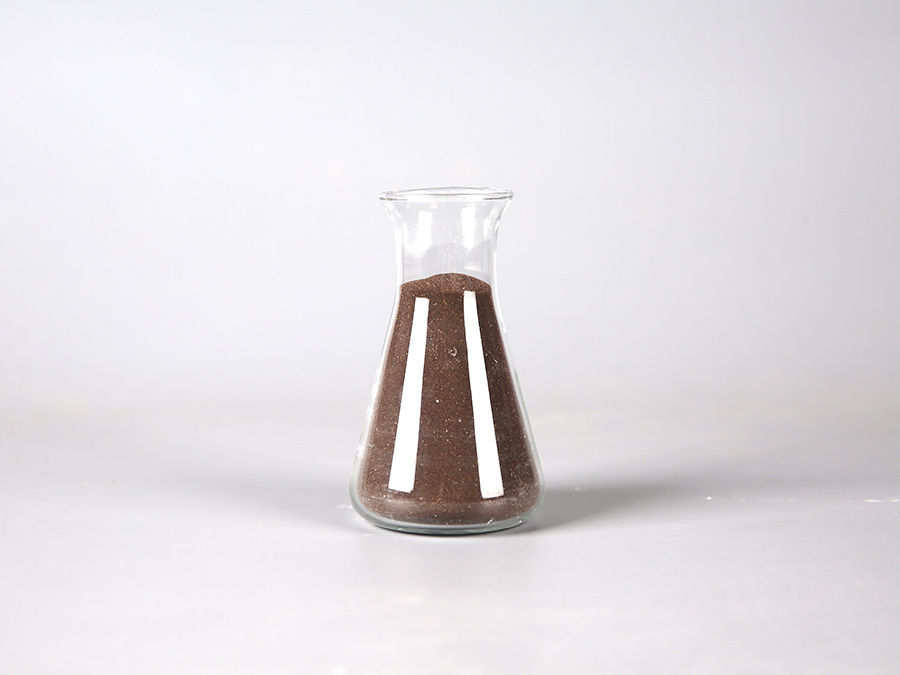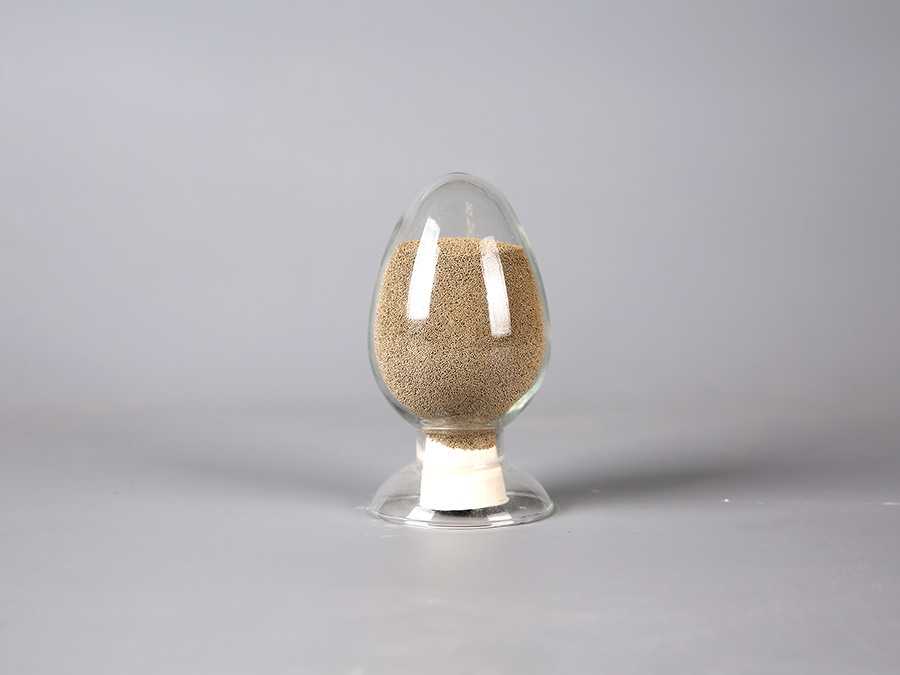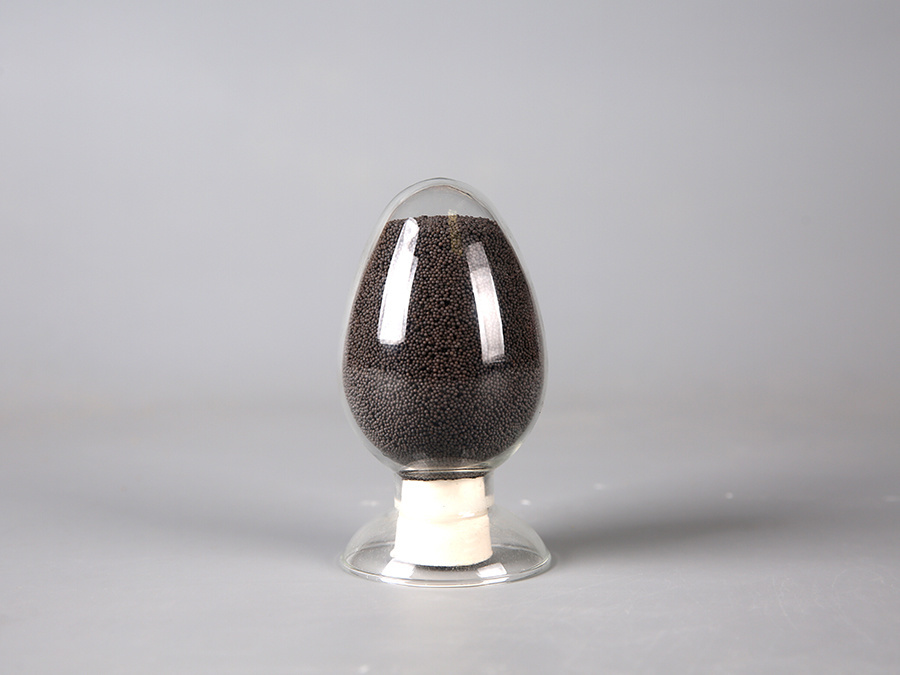
Casting ceramic sand
Casting ceramic sand
1. Sintered ceramic sand for casting
Ceramic casting sand is technically named "sintered ceramic sand for casting", and some factories also name it ceramic granules or ceramic beads. Ceramsite is a good artificial ball sand for foundries, mainly composed of alumina and silica. Compared with silica sand, ceramic casting sand has high refractoriness, small thermal expansion, good angular coefficient, good flowability, wear resistance, high compressive and thermal shock resistance, high recovery rate, can reduce resin addition and coating amount, improve casting yield, and increase regeneration times by more than ten times. Compared with black ceramic sand, it has almost the same characteristics except for a lower bulk density and a recovery rate of more than three times. The bulk density of sintered ceramic sand is 1.45-1.6 g/cm3, while that of black ceramic sand is 1.8-2.1 g/cm3.
2. High refractory ceramic casting sand for cast steel
Ceramsite casting sand is an artificial spherical ceramic particle with high fire resistance and low thermal expansion. Ceramsite casting sand provides a simple and effective method in the casting industry, which can improve the quality of castings, reduce production costs, and avoid environmental pollution. Therefore, it is much better than silica sand. Moreover, due to its lower price, it has also effectively replaced chromite sand and scheelite sand. Currently, ceramic casting sand is recognized as the latest and most ideal sand for foundries worldwide, and it has a very wide range of application feasibility for future development.
3. Ceramic casting sand for 3D printing of sand
Sintered ceramic sand is a high-quality ceramic casting sand used for manufacturing molds and cores, and for high-value metal casting products in the automotive, oil and gas, mining, and construction industries, including cylinder blocks and hydraulic valves, as well as pumps, impellers, and tools. Zheng Nai casting sand is made of extremely stable quality mullite crystals, produced by sintering spherical particles instead of crushing.
4. Aluminum sand used in foundries
Lead clay sand is a specialized casting sand used for steel casting, and it also has trade names such as green beads, green sand, ceramic beads, and spherical beads. Its spherical particle shape ensures excellent fluidity, and due to its special surface structure, it can reduce the need for binder curing agents compared to other molding sands. Aluminum ore sand has excellent fire resistance, up to 1800 degrees Celsius, and low thermal expansion, making it a revolutionary new type of casting sand.
Keywords:
Relative Products
 wenxian-HeNan-China
wenxian-HeNan-China +86 0391 8392666
+86 0391 8392666 zhengnaixcl@163.com
zhengnaixcl@163.com










